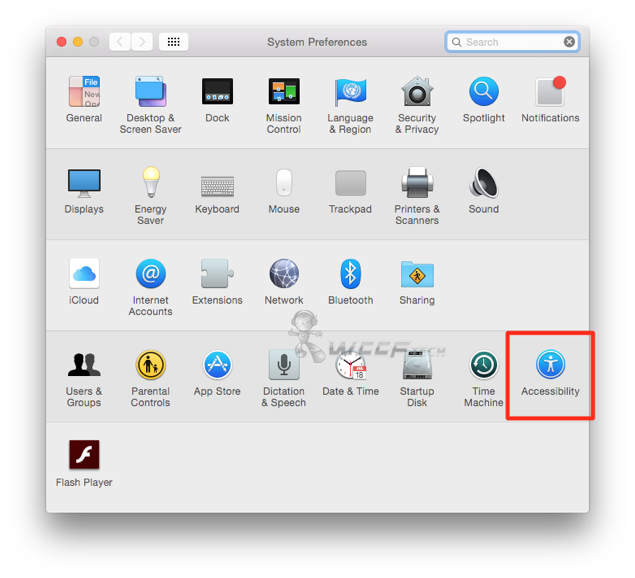-
Tips for becoming a good boxer - November 6, 2020
-
7 expert tips for making your hens night a memorable one - November 6, 2020
-
5 reasons to host your Christmas party on a cruise boat - November 6, 2020
-
What to do when you’re charged with a crime - November 6, 2020
-
Should you get one or multiple dogs? Here’s all you need to know - November 3, 2020
-
A Guide: How to Build Your Very Own Magic Mirror - February 14, 2019
-
Our Top Inspirational Baseball Stars - November 24, 2018
-
Five Tech Tools That Will Help You Turn Your Blog into a Business - November 24, 2018
-
How to Indulge on Vacation without Expanding Your Waist - November 9, 2018
-
5 Strategies for Businesses to Appeal to Today’s Increasingly Mobile-Crazed Customers - November 9, 2018
Apple updates Boot Camp to support Windows 10
Apple’s latest Boot Camp build supports 64-bit flavors of Windows 10 on several Macs, including MacBook Air models from mid 2012, MacBoo Pros from mid 2012, MacBook Pro with Retina display models from mid 2012, iMacs from late 2012, Mac mini systems from late 2012, Mac Pros from late 2012, and the new 12-inch Retina MacBook. To run Boot Camp, you’ll need Mac OS X Yosemite or a higher version, meaning El Capitan, which is now in public beta mode and expected to be released in September.
Advertisement
Since 2006, the Boot Camp tool included with OS X has enabled Mac users to partition their hard drives and dual-boot into Windows. What’s neat about Boot Camp is that it offers native access to Windows via a dedicated partition – Boot Camp is not virtualization software. Windows 10 is available as an ISO file, a DVD, or a USB flash stick for 9.
Apple has made it officially possible to use Windows 10 on your Mac.
Gizmodo has published a full list of the Macs that are able to support Windows 10 through Bootcamp, so hit the link if you want to find out if yours is one of the chosen ones.
Only the 64-bit version of Windows 10 will work with Boot Camp, Apple said Wednesday in a support document.
Advertisement
Installing Boot Camp 6 will let Windows 10 use hardware features unique to a Mac, including the USB-C port, an Apple keyboard, trackpad or mouse and the Thunderbolt port. A Mac’s built-in SD or SDXC card slot and built-in or USB Apple SuperDrive are also supported. With a virtual machine, you set aside enough disk space and memory to install and run Windows.




























